STORM CHASING TOURS & VACATIONS
Now Booking for 2026. JOIN US TODAY!!!!!
Extreme Chase Tours
Professional Storm Chasing Tours and Tornado Tour Vacations since 1999.
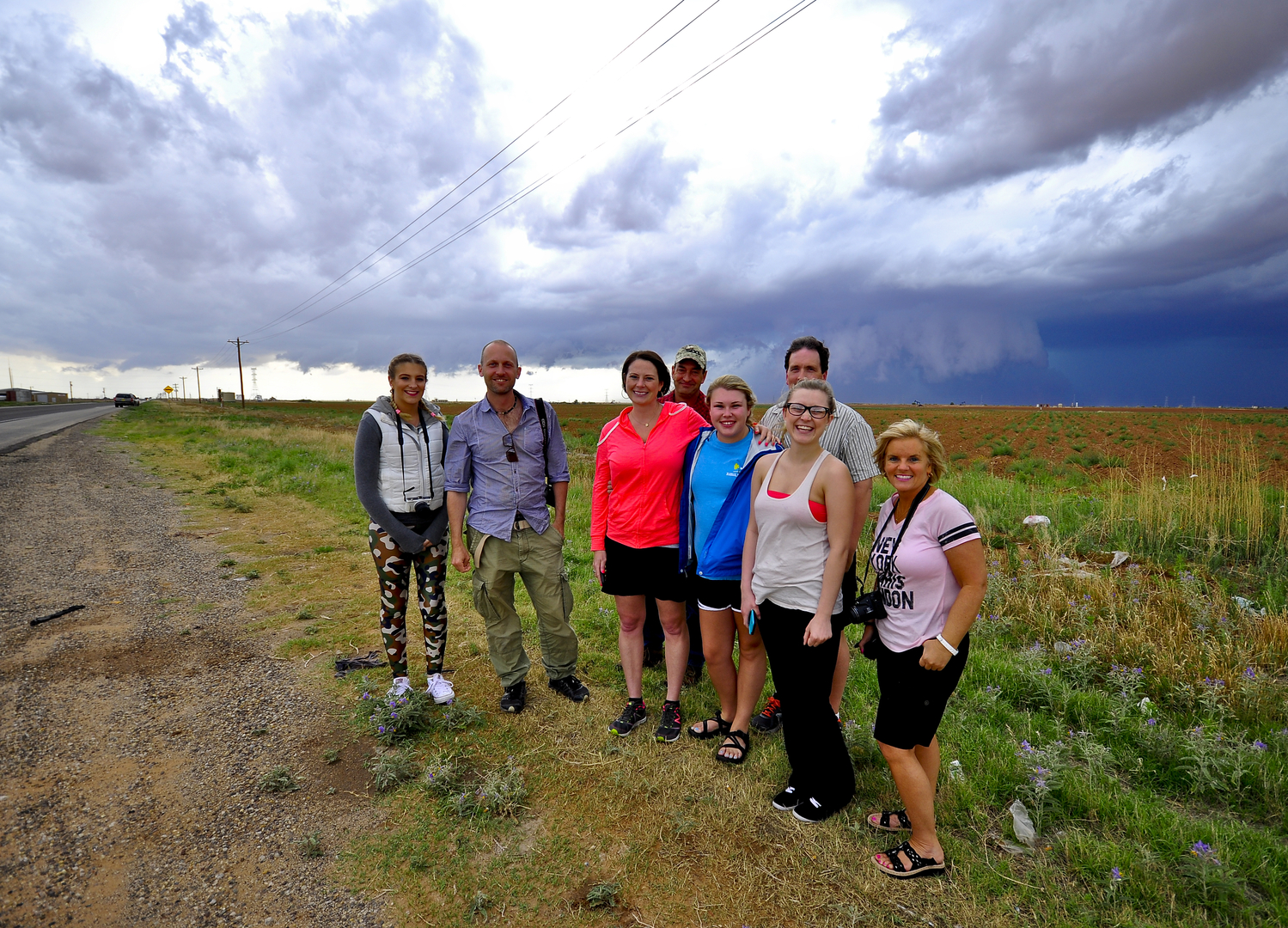
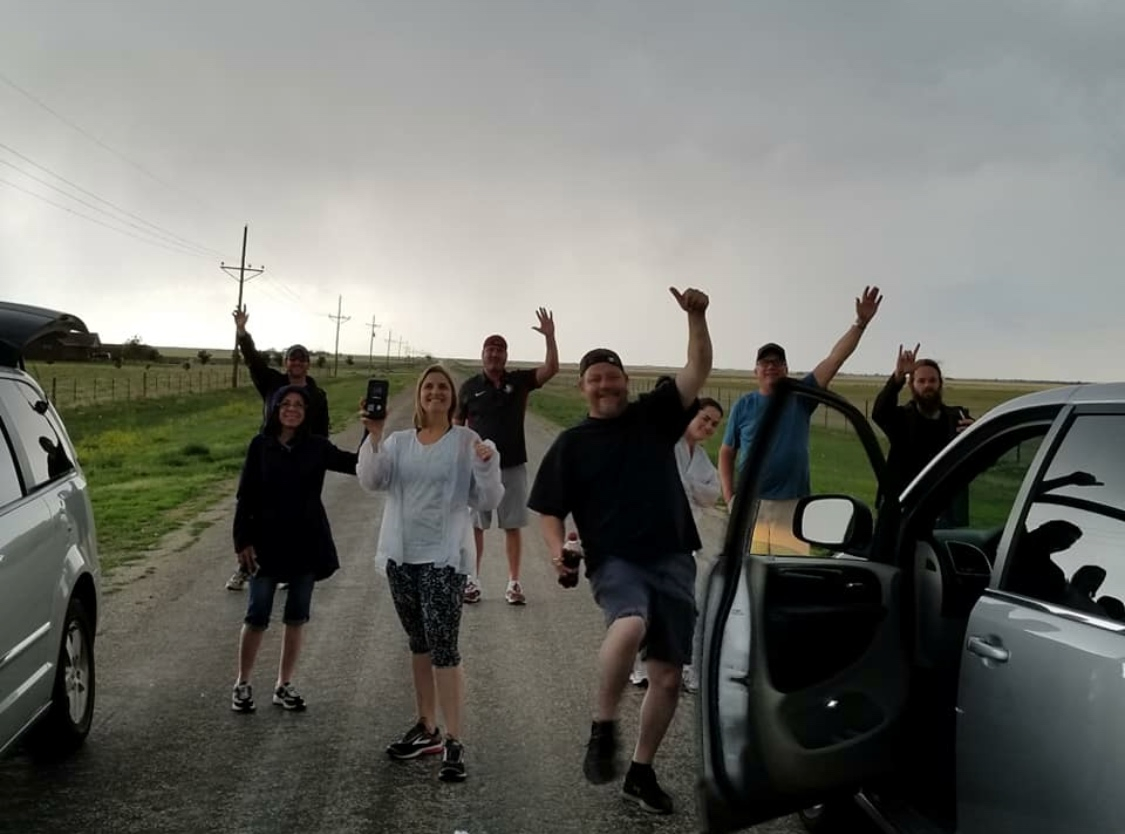
IT'S CHASE TIME!!!
We are the most personal and affordable Storm Chasing Tours company in Tornado Alley! Private, highest quality, and most exciting Storm Chasing Vacations and Tornado Chasing Tours. We are EXTREME CHASE TOURS!
ABOUT OUR ADVENTURES
Are you looking for a high-quality tornado and storm chasing tour vacation? Do you want to avoid the crowds and impersonal experience of larger tour companies? Do you prefer a smaller, more intimate, and educational storm chasing experience? We understand. A tornado chasing tour should be a personal and exhilarating adventure of a lifetime that fits your budget.
At Extreme Chase Tours, we’re the storm chasing experts you need. With over 700 documented tornadoes and 120+ years of combined experience, we know how to get you to the storm safely. Our Storm Chasing Tours start at just $2,300, making us the most personal and affordable tornado tours company in the world. Join us for a storm chasing adventure tour you’ll never forget.
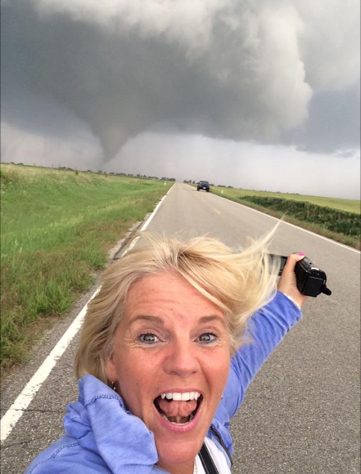
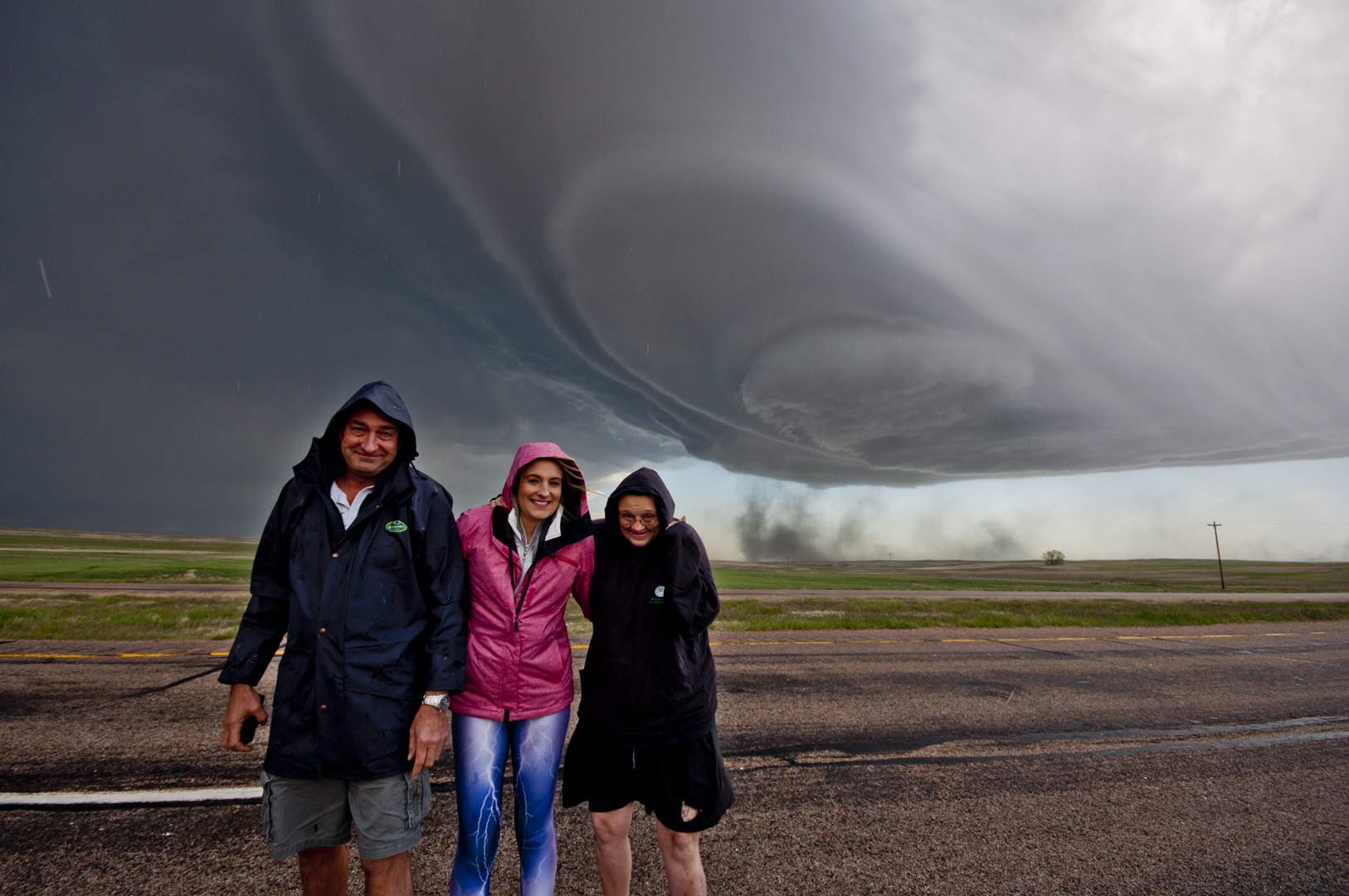
What Some Of Our Guests Say...
Testimonials from our past tour guests about the Extreme Chase Tours Experience
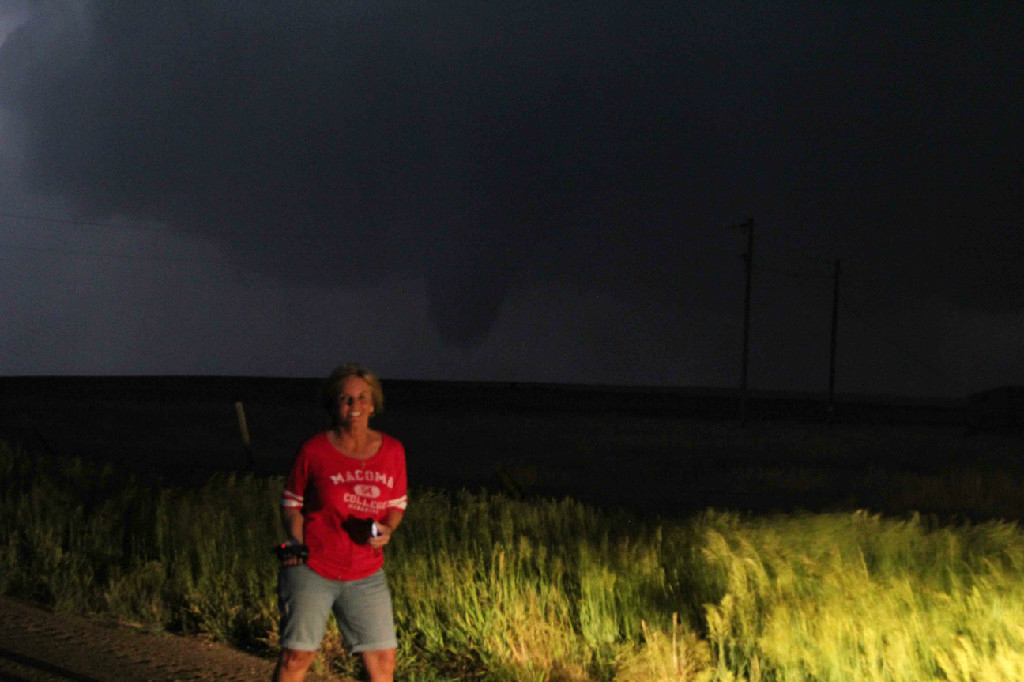
The
Weather
VACATION Experience
JOIN US IN TORNADO ALLEY!
The Storm Chasing Adventure Tours Experience
What is storm chasing with Extreme Chase Tours like?
Who and What is Extreme Chase Tours?
- Experienced Team: Degreed meteorologists with advanced forecasting skills.
- Safety Focus: Annual driver and safety training, prioritizing guest safety.
- Educational Value: Guests learn about weather, radar, and atmospheric science through briefings and discussions.
- Scientific Research: Opportunities to participate in unique tornado research projects like PACRITEX and Project OFF, with published peer-reviewed papers.
- Technology: Cutting-edge radar tools (RadarScope, GRLevel 2, AE, 3) for precise storm tracking.
- Comfort: Well-maintained, smoke-free vehicles with storm-chasing equipment.
- Inclusions: Meet-and-greet with Lanny Dean, guided storm chasing, Extreme Chase Tours or Live Storm Chasers.com t-shirt (while supplies last), group photos, and optional tours of local attractions (e.g., Twister Museum) on non-chasing days.
- Affordability and Personalization: Known for being down-to-earth, friendly, and offering a highly personal experience.
- Exclusions: Lodging, meals, incidental expenses, and travel to the base city
How Does A Chase Day With Us Begin?
A chase day with Extreme Chase Tours usually starts with our morning weather briefing meeting with all tour guests. We kick the day off giving a detailed weather briefing by our meteorologists and storm chasing guides. We use various weather models and radar to forecasts the best areas likely to produce storms like supercells and tornadoes, while educating guests on weather dynamics and safety. We will then load up into our safe, and tech-equipped vehicle (with tools like RadarScope) and travel to our target area. Upon spotting a storm, the team—boasting a 90% tornado success rate—positions the storm tour group safely to observe supercells, tornadoes, lightning, and awesome storm structure.
The day also includes optional hands-on science, such as joining exclusive research projects like PACRITEX, and ongoing educational discussions on meteorology, fostering a friendly, engaging atmosphere. If storms don’t form, the team may visit attractions like the famous Twister Museum (where the movie Twister was filmed), while group photos build camaraderie. Meals are guest-managed, and the day ends with travel to our hotel for the evening. Please note, lodging is not included in the tour. This mix of adrenaline, learning, and connection, backed by over 120 years of expertise, ensures you have a memorable Tornado Alley adventure.
What Happens After Our Briefing and What is For Lunch?
After the morning weather briefing, we’ll load the storm chasing tour vehicles and head toward our chase target area. Depending on the day’s schedule, several scenarios might unfold. Usually, we’ll need to drive a fair distance to reach the target area, but if we’re closer, we might have extra time.
When there’s spare time, we’ll stop at a noteworthy spot, such as a national park or museum, ideally something weather-related or significant—like the Team Twistex memorial in El Reno, Oklahoma. If time allows, we might enjoy a sit-down lunch at a unique location, but if we need to move faster, we’ll opt for quick fast food, often choosing regional spots so you can try something new.
Following the travel, lunch, or a brief stop at an interesting site, we proceed to the chase. Throughout the morning, your guides and meteorologists continuously monitor weather conditions, making adjustments to the forecast as needed, and explain these decisions to you – this way you are learning why we do what we do during your storm chasing adventure tour.
It's Time to Chase. Now what?
After eagerly tracking the guides’ observations, you’re overjoyed when we confirm our target—either on our devices or in the sky—and it’s time to hop into the vans and set out. We take care of last-minute restroom stops, fill up the fuel tanks, and head toward what could be the day’s main storm. As we drive, you’ll often spot the storm taking shape on the horizon, giving you a chance to ask questions of your navigating or forecaster and guide.
We’ll also share periodic updates on the storm’s progress, and you might be stunned by its immense size, soaring to heights more than double that of cruising airplanes. Witnessing a plains or prairies supercell firsthand shows you the incredible force behind these storms and their potential tornadoes. Now with a clear storm to chase, we position ourselves near or beneath its base to observe its inner workings or a possible tornado, entering full “chase mode.” Our focus shifts from forecasting to pursuing the storm, relying on visual signs like cloud formations, wind direction (seen in grass or flags), and the surrounding atmosphere, using radar and our 34-year storm chasing experience to confirm what we observe.
Supercells are what we are after. They can produce the kind of weather we want. Supercells generally move north or east, often northeast, though some may veer south after maturing. We will essentially attempt to “stairstep” alongside the supercell storm—moving east, then north/south, and repeating—following the road network to stay safe by paralleling its path, avoiding its direct route, and keeping multiple escape options open. This method also allows us to closely watch the supercells’ storm’s changing features and cycles, often for hours. Staying on the safer side of the storm helps us steer clear of dangers like rain-obscured rotation, or large hail that could end the chase abruptly.
When we lock onto a strong storm with a good road network, we find a safe spot to stop, letting guests exit the vans to fully experience and “feel” the storm. Once outside, we encourage you to capture photos and videos while staying within earshot of the guides just in case we have to move quickly.
Sometimes, the best thing is to simply take in the moment—it might be a rare, once-in-a-lifetime sight, which is exactly why you’re here with us!
What Happens After a Chase?
Are There Days That We Don't Chase? What Happens Then?
Now that you’re familiar with a full chase day with us and all its details, you might be curious about how many chase days a tour includes and what happens on “off” days. We categorize tour days into three types: “chase” days, “travel” days, and “down” days. Chase days have been thoroughly explained, so let’s dive into travel and down days.
Travel days involve heading to the next storm-chasing spot, and depending on the location and schedule, they might incorporate down day activities while ensuring your comfort on the road. Down days, when there’s no chasing or traveling, are uncommon and usually happen between storm systems, lasting roughly a day before we’re back to chasing. After several demanding chase days, these breaks can feel rejuvenating.
Most tours skip down days entirely, fitting activities into travel days when possible. Down days can be surprisingly fun, with visits to weather-themed or iconic locations like Wakita, Oklahoma—famous from Twister—and The Twister Museum, or Big Well Museum, Greensburg, Kansas. We also make memorable food stops, adding to the incredible storm-chasing experience you’ll have with us.
How Do We Forecast Storms Well In Advance of a Potential Chase, and the Night Before a Chase Day?
Storm chasing starts with examining forecast models well ahead of a chase day, sometimes multiple days ahead, to identify the potential for severe weather ingredients. We specifically look at the upper-level and mid-latitude jet streams. While forecasting, we also focus on other variables like expected positions of cold and warm fronts, drylines, outflow boundaries, and any mesoscale features that might come into play and increase the severe and tornado potential.
Often times the entire Extreme Chase Tours team stays up very late looking at the latest weather model data the night before a possible chase. We do this to refine our storm chasing target areas, which can change very rapidly. We can usually narrow down our target areas to a couple locations. By utilizing the entire Extreme Chase Tours team experience (over 120-years’ worth) and being able to interpret and understand the weather models, helps us decide how far we need to travel to position ourselves for the next day’s storm chase and plan where to stay overnight.
To summarize, very morning we get into the nitty gritty of forecasting and the fine details by analyzing things like surface data, forecast models, and upper air data. This helps us to know exactly how the weather should set up for the day and where the best chance of storm chasing exists with the best tornado potential. We actually have a pretty good idea of where we need to be sometimes two to three days out.
We will usually know the night before what time we need to leave the following morning, and we will let all guests know the prior evening. Depending on the weather, we will usually depart our hotel between 10am and 11:00am (again, depending on where the best chance of severe weather is) after doing our morning weather briefing. Since the weather is very fluid, obviously we will refine our target areas as the day progresses, which you’ll get to see and experience this first-hand.
Since we may be in very rural areas for the afternoon and evening storm chases, stopping for dinner is sometimes not possible. Please note that we will not stop for dinner once the chase day begins. We do this to avoid missing any tornadoes or severe weather. You’ve paid hard earned money to witness severe weather and tornadoes, so we encourage you to purchase snacks or incidentals if you get hungry. After chasing, we will usually arrive at our pre-determined hotel after dark (which could be late at times) where we will check into our hotel rooms. And then, basically rinse and repeat for the following days.
What is it Like to Experience These Storms in Person?
So, what’s the Tour Experience like? Well, if we had to describe going on a storm chasing tour with us in one sentence, it would be: THE MOST THRILLING AND ADDICTIVE vacation that you’ll ever take! While it is hard to describe the feelings, the sights, the sounds, and ultimately experiencing the beauty and power of Mother Nature, we can only say that you have to be there to really “feel” what it’s like. With over 8,000k+ happy tour guests, over 120+ years combined experience, and over 700+ real documented tornadoes, we encourage you to check out our videos and pictures to get a sense of the thrilling possibilities of going on the most personal and affordable storm chasing adventure tour with us!
The Great Plains severe weather and storm chasing tours season spans several months, and each month offers something a little different from the next. Extreme Chase Tours recognizes this, and we offer a variety of different 6-day storm chasing tour and tornado tour vacation packages. While the month of May is generally accepted as the peak of tornado season in tornado alley, our team of meteorologists, storm chasers, and severe weather experts know that tornadoes can be captured anytime of the year. Extreme Chase Tours employs some of the world’s most experienced and successful storm chasers and meteorologists who understand that severe weather season is much more than just May. Because of our experience, we are able to offer our storm chasing vacations spanning the entire period between April and July, in a variety of tornado chasing tours that will fit your needs and wants. We appreciate your interest, and hope you’ll consider Extreme Chase Tours for your storm chasing tour vacation!
